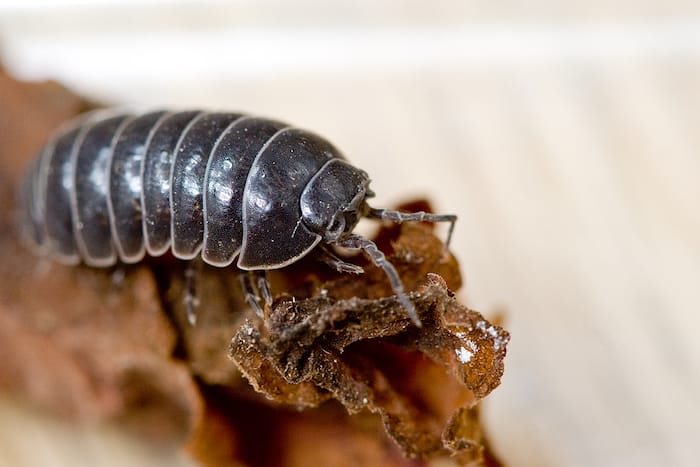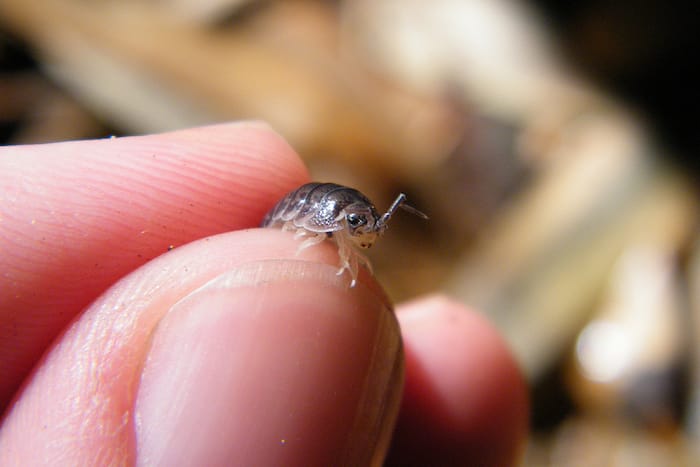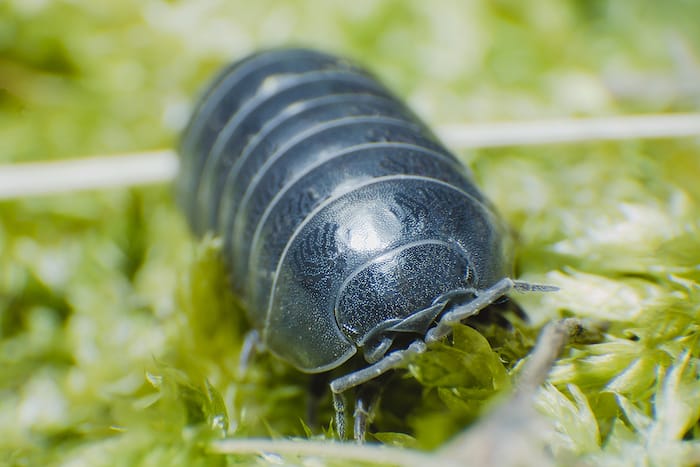Pet owners of all varieties have been seeking out isopods for sale in recent years. This is partially due to the popularity of bioactive setups, which are essentially self-sustaining environments that need minimal maintenance. Isopods are sought out for this kind of setup due to their ability to break down waste matter and aerate the soil.
However, that isn’t the only reason why people seek out isopods for sale. They are interesting, ancient creatures with unique behaviors and appearances. In other words, for many people deciding to keep them, they are more than just another prey item for their “cooler” animals. To learn more about why isopods make good pets, here’s a list of what to expect when owning them and why they might make a good addition to your home.
What to Expect
When receiving a shipment of pet isopods, you will most likely receive them in a plastic container with damp sphagnum moss. If this moss is dry, be sure to moisten it with a spray bottle.
If you are planning to create a colony at this point, simply shake out the moss full of isopods into your habitat setup.
Isopod Care Best Practices
One huge benefit of seeking out isopod pets is their relatively easy habitat setup. Simply fill a plastic bin with dead leaf matter. If possible, leave egg cartons in the bin to give them a safe space to lay their eggs. Make sure that the bin has plenty of ventilation (covering up the air holes with mesh to prevent runaways) and mist as needed. Isopods also tend to run away from light sources, so be sure to keep them in dimly lit areas. This can include your garage or closet.
How you maintain their environment will, frankly, depend on the type of isopod you get. Giant canyon isopods, for instance, will need an arid setup with very little humidity. Certain others, such as the white dwarf, will need constant misting to keep up the humidity. Fortunately, there are plenty of species that can thrive in moderate environments without much attention being put on temperature or moisture level at all.
What Isopods Eat
Isopods are mostly detritivores. This means that they will happily eat all that is decaying and smelly in addition to smaller parasites and insects (such as mites). This includes old leaves, leftover food, and more importantly, animal wastes. In fact, they are known as the “cleanup crew” in many pet keeper circles because of how efficient they are at managing an animal’s setup.
We would advise leaving appropriate food materials in their bin around once a week. This can include:
- Plant matter.
- Old food matter such as fruit/potato peels, or old bread.
- Fish food.
- Moist dog kibble.
If you see signs of molding in your isopod’s food, be sure to remove it.
Pros to Keeping Isopods
While isopods may be just about the furthest thing from a traditional pet you can think of, they have become a wonderful addition to many pet keeper’s homes, and have a unique place in both their owner’s setups and hearts. Here are some reasons that people gravitate towards these not-so-creepy crawlies.
- There’s an isopod for everyone! Isopods make a wide class of crustaceans, and come in a variety of sizes and colors. Many have been bred over generations to have cool-looking morphs.
- They are pest control and garbage cleanup in one. This helps to prevent the spread of certain diseases and parasites in your bioactive setup.
- Isopods make for excellent enrichment for animals that enjoy foraging.
- They are high in nutrients and make for an excellent addition to the diet of a variety of animals.
- Easy keepers with minimal time/space/energy investment to worry about.
- Yes, they are cute to a lot of people!
Deciding on the Right Isopod Pet
If you’re sold on the idea of keeping these small crustaceans in your house, there are a few additional things you may want to consider. The first factor is, of course, what you need out of your rolly polly pets. What size of isopod can your tank or animal tolerate? Does your animal prefer isopods with softer or harder shells? Is your setup going to be tropical or arid? What kind of isopod looks coolest to you?
After choosing a first isopod type, many keepers opt to attempt to grow different colonies of a variety of species. So don’t feel like you have to put yourself in a box with your first choice! Have fun, and see what kind of critters you can raise.



